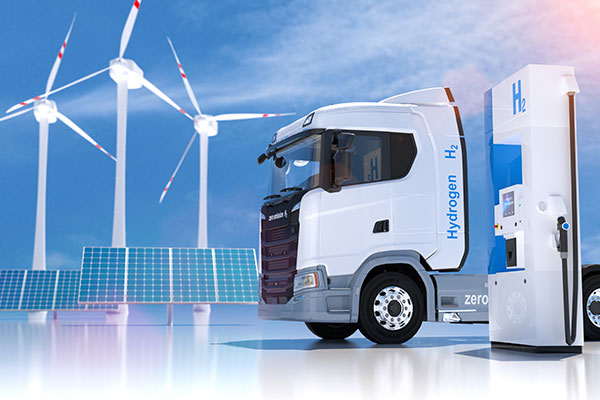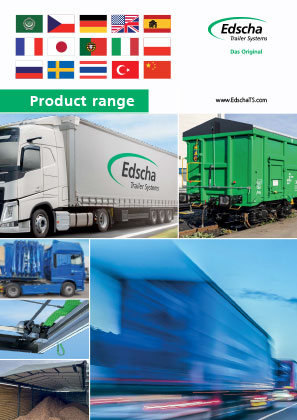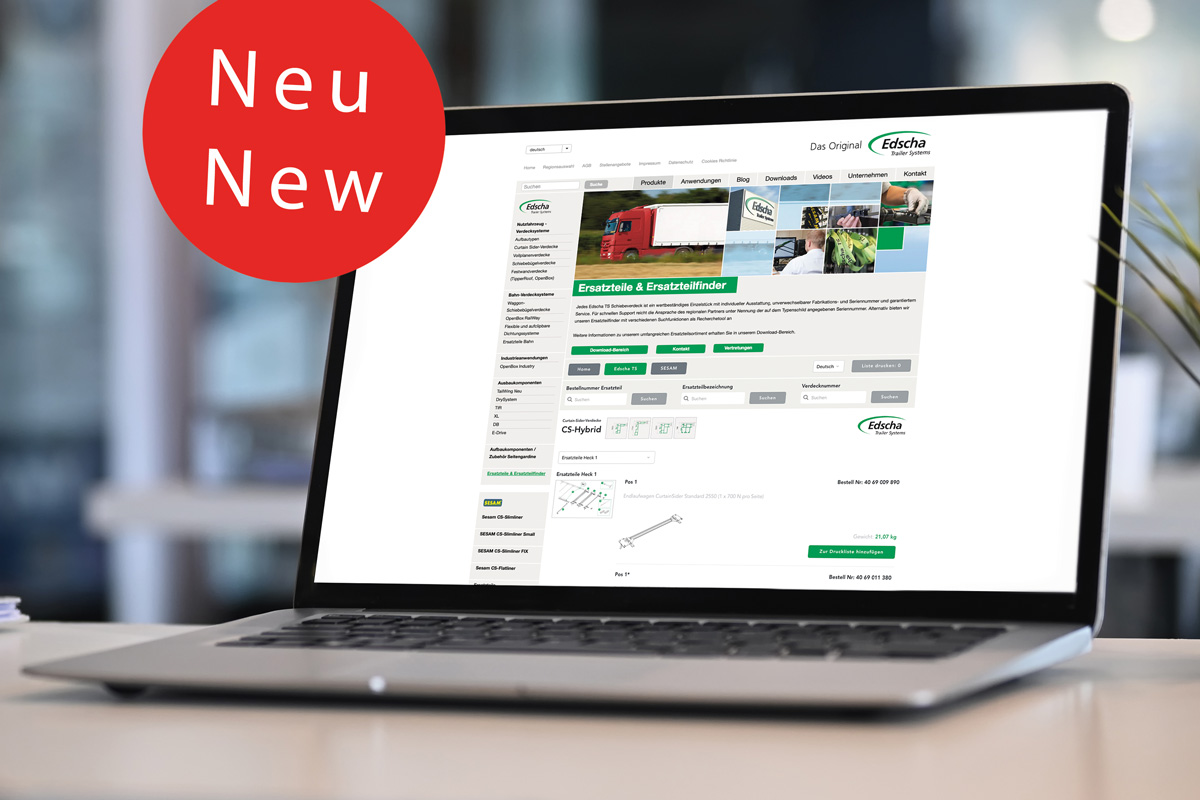Driving with electricity
E-cars are very much in vogue among passenger cars. This should soon be the case for trucks. The quiet whirring of the electric motor will be the trucker sound of the future, at least according to the technicians. Almost all truck manufacturers are working on solutions. Mercedes, for example, has built electric trucks with a range of about 400 km and put them into operation in a very practical way. However, most of these are vehicles that are used directly in the regional area, i.e. they drive where they can make use of their working range. A general problem here is the batteries, which are still too heavy, too expensive and require a sophisticated network of charging stations. E-mobility for trucks will certainly come in the next few years, but will be implemented with a different concept.
The trucks with hydrogen
A great future is predicted for trucks running on hydrogen. Trials are underway at Toyota, Hyundai and some other manufacturers. The hope lies in the so-called fuel cell concept. The principle of this technology is very simple. After the vehicle has filled up with liquid hydrogen, it is converted into gas, which flows through a membrane into the channels of the fuel cell. Air flows in from the other side, electrical energy is generated, which drives the electric motor. By 2025, the manufacturer Hyundai plans to launch a total of 1,600 such fuel cell trucks on the Swiss market and test them in practice.

Driving Bio
If you ask engineers, they believe that the drive will continue to be a diesel engine in the long term. But one that runs on gas or bio-diesel. Both fuels have been tested in practice for a long time, are highly efficient and could quickly establish a well-developed supply infrastructure. And when it comes to the climate, gas and bio-diesel have another advantage: they can be produced in a climate-neutral way. This is precisely why some manufacturers see this as an ideal bridging technology.
Electricity from the overhead line
Buses that run on electricity from the overhead line may be familiar to some people in the city of Solingen. Recently, this technology has also been tested in practice for electric trucks on the freeway. For example, a test track on the busy A5 freeway between Langen/Mörfelden and Weiterstadt in Hesse can be admired. A further stretch on the A1 near Lübeck is to follow. The same applies to a section on the B 462 federal highway near Rastatt. Hybrid trucks with pantographs can dock onto the kilometer-long overhead lines and charge the batteries in this way. The range of electric trucks is to be increased enormously. Last but not least, the test tracks will also be used to examine whether it is economically viable to electrify German roads.
The autonomous truck
The autonomous driving of trucks is much discussed. And also tested in practice. However, it will not be possible in the future without a driver. But the driver will be less trucker and more logistician. Initial tests have been positive throughout. In a field test, for example, semi-autonomous trucks from Volvo, Scania, MAN, Daimler, DAF and Iveco were on the road throughout Europe. DB-Schenker used semi-autonomous trucks on the A9 between Nuremberg and Munich. Electronically supported driving in convoy, called "Platooning", was also tested. Here, the trucks follow one after the other at very short distances, supported by assistance systems, GPS and radar. This makes better use of the road and the trucks rolling in the slipstream behind the lead vehicle save fuel. The first truck determines direction and speed, all others follow thanks to radio communication. But this is also one of the major problems to be solved: The current networks are currently unable to process the very large amount of data, or can only do so very slowly. And so it will certainly take some time before autonomous trucks or cars are really roadworthy.
Wanted: More drivers
The shortage of skilled workers and drivers is already a major issue within the industry. With the technical innovations, the job profile of the truck driver will most likely change in the future. The trucker will increasingly become a transport manager, who will continue to be responsible for his vehicle and the load, for handing it over to the customer, and for complying with all legal regulations. For companies and associations this means to intensify the training even more, to gain new employees and to bind the employees more closely to their company.
Does the truck of tomorrow still have a top?
Clear answer: Yes, for sure! Without innovative top solutions, it will not work in the future either. Edscha TS soft tops help with fast, low-cost loading or, for example, ensure the safety of the goods to be transported. With its soft top solutions Edscha TS makes the future in the truck soft top sector possible. The Edscha TS E-Drive is an example of this.






